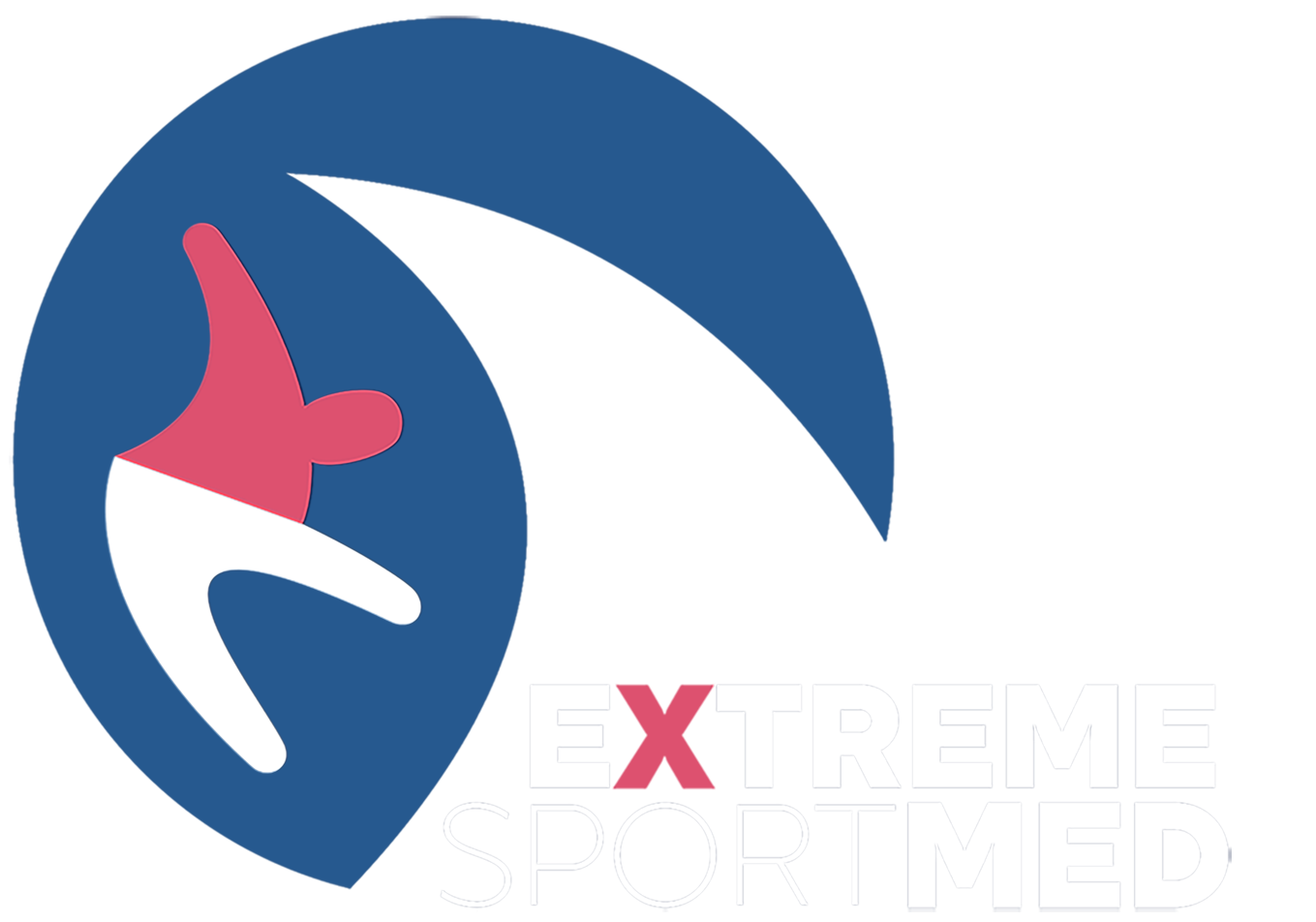1. BACKGROUND
EXTREMESPORTMED (a.k.a. International Society of Medicine for Outdoor Physical Activity and Extreme Sports) promotes research, assistance, and innovation in medicine and science as applied to outdoor physical activity and extreme sports. The field of interest of EXTREMESPORTMED embraces a vast panorama of sports activities and includes both amateur level and professional practice.
2. THE VALUES OF EXTREME SPORTS
Extreme sports advocate positive and contemporary values. Both professional athletes and enthusiasts approach these activities with evident preparation, experience, self-control, and determination. The first lesson for beginners is always to protect the environment and their own and others’ safety through safe and responsible practise. These principles are continually reinforced as the highest priority in every discipline. The idea that initially inspired extreme sports is that of physical activity free from the traditional constraints of measurable targets (e.g., order of arrival, time spent, score) and controlled performance conditions (within defined stadiums or paths) typical of more traditional sports (Fig. 1). In recent years, the mainstream media have popularized extreme sports, hand in hand with spreading the culture of wellness and sports at all ages. Most extreme sports developed and became popular in the last decades of the last century and are now practised by millions of participants worldwide [1]. These are mainly enthusiasts, most over the age of 25, with a slight prevalence of the male population [2]. The increase in the practising community and the general public’s interest have also accompanied the introduction of outdoor and extreme sports in the highest-level competitions, up to the Olympics. Hence, from 2018, kiteboarding, surfing, sport climbing, and skateboarding have gradually appeared in the Olympic lists, alongside other outdoor sports already permanently included in the Olympic programs: sailing, mountain biking, triathlon, skiing and snowboarding. Extreme sports are a dynamic world, intrinsically open to innovation and technology. Although they are primarily individual sports, they promote socialization and the development of an aptitude for collaboration [3] . The SARSCoV-2 pandemic has highlighted the potential of these activities as tools to promote physical and mental health and well-being safely and responsibly [4].

3. VISION
EXTREMESPORTMED promotes the dissemination of correct practices of outdoor and extreme sports and promotes outdoor physical activity as a tool for preventing and treating diseases. Association’s commitment stems from the awareness of the role that outdoor physical activity and extreme sports, can play in the prevention and treatment of many diseases, personal growth, improving self-esteem, promoting socialization, and creating an ecological awareness. At the same time, the members of the Association are university researchers, professionals, and experts who believe the time is ripe for a codified role of science in these sports – which have millions of participants worldwide – on a par with what already exists in more traditional disciplines.
The association includes the entire world of extreme sports in its spectrum of interest, including popular Olympic sports and niche disciplines with a few hundred followers. The latter, however, sometimes bring fundamental advances in medicine and sports science thanks to the tendency to experiment with technical materials and new approaches to training and preparation.
4. MISSION
The Association promotes research, support, and innovation in safety, optimisation of performance, and athlete health. Safety includes assessing and managing inherent risks in each sporting discipline and those related to practice in the wilderness and extreme environments. Health support and performance optimisation focus on evidence-based medical science, follow sport-specific approaches, and adhere to the most rigorous ethical principles. Specifically, the activities of the Association include: research, dissemination, technological transfer.
5. ETHICAL PRINCIPLES
The Association’s activities are strictly aimed at avoiding undue interferences and conflicts of interest in scientific projects, dissemination activities and services developed in collaboration with institutions and companies. In particular, in scientific research, the Association complies with the European Code of Conduct for Research [5].
REFERENCES
- Feletti F, Moorhead AP, Mei-Dan O. Systems & Methods in Extreme Sports Medicine. Muscle Ligaments and Tendons Journal 2020;10 (2):154-155.
- The Outdoor Foundation (2018). Outdoor participation reports 2018; pp.1-42.
- Brymer E and Feletti F, Beyond risk: the importance of action in the everyday life of young people. Annals of Leisure Research, 2020; 23(3): 429-446.
- The Outdoor Foundation (2020). Power of the outdoors during COVID-19. https://outdoorindustry.org/covid-19-resources-outdoor-industry/power-outdoors-covid-19/.
- European Code of Conduct for Research available at: https://ec.europa.eu/info/funding- tenders/opportunities/docs/2021-2027/horizon/guidance/european-code-of-conduct-for-research- integrity_horizon_en.pdf
